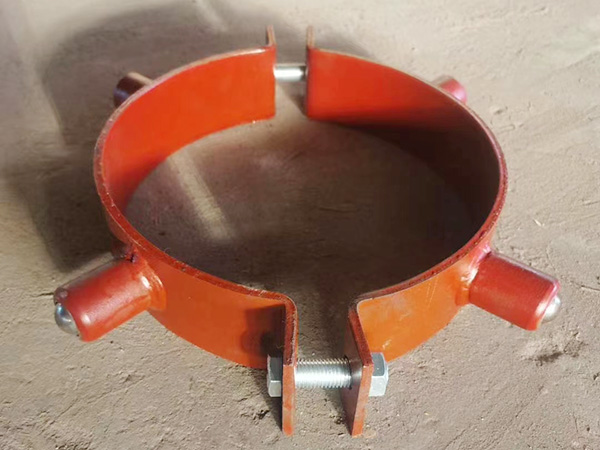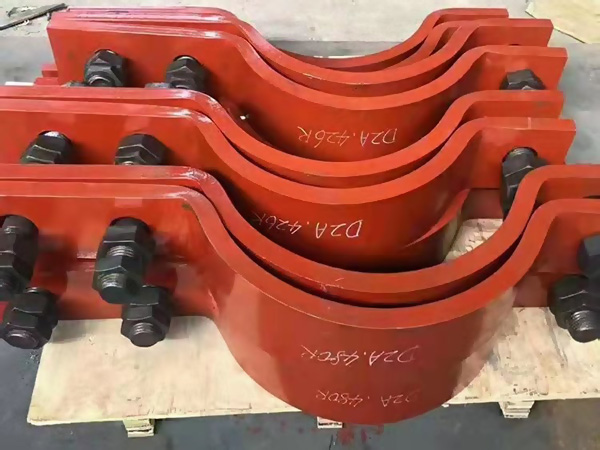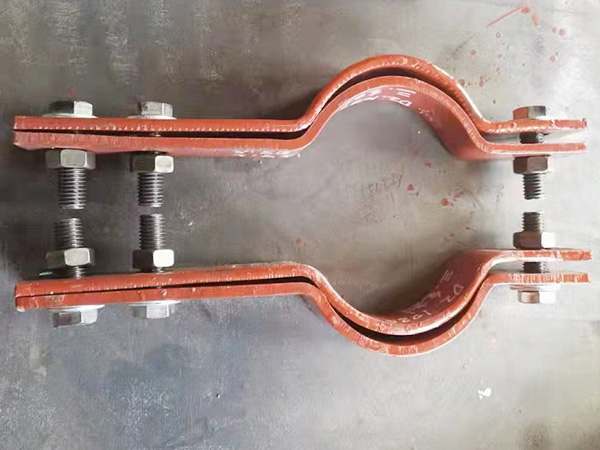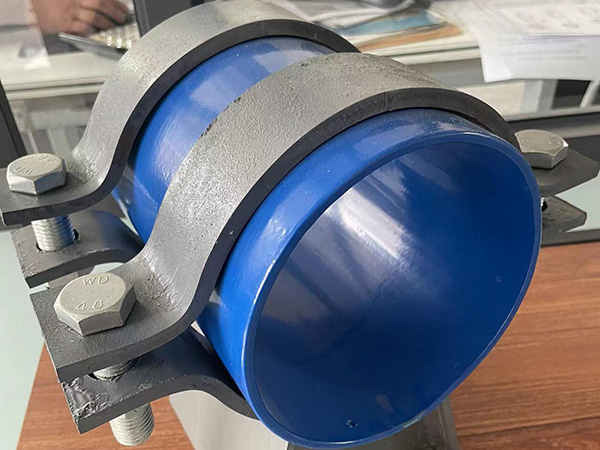In-Depth Analysis of Pipe Support and Hanger Design Principles
Author:Mingde Time:2025-04-29 01:01:20 Click:193
Pipe supports and hangers are critical components in industrial piping systems. They ensure the mechanical stability of pipes, maintain alignment, control thermal expansion, reduce vibration, and prevent undue stress on connected equipment. Designing these components requires a comprehensive understanding of load distribution, material behavior, movement tolerance, and environmental influences.
This article presents an in-depth look at the fundamental principles guiding the design of pipe supports and hangers, with emphasis on structural mechanics, load types, and industry best practices.
1. Function and Classification of Pipe Supports
Pipe supports and hangers are designed to carry the weight of the pipe and its contents, accommodate thermal movement, and mitigate dynamic forces such as vibration or seismic activity. They are generally classified as:
Rigid Supports: Restrict both vertical and lateral pipe movement. Examples: clevis hangers, pipe clamps.
Flexible Supports: Allow movement to some extent. Examples: spring hangers, snubbers.
Guides and Anchors: Control axial or lateral displacement to prevent misalignment or overloading of joints.
2. Key Design Objectives
The core objectives in support and hanger design include:
Load Distribution: Ensure uniform load transfer to structural elements without overstressing the pipe.
Thermal Compensation: Accommodate expansion and contraction due to temperature changes.
Stress Mitigation: Reduce stress concentrations at elbows, tees, and equipment nozzles.
System Stability: Prevent sagging, swaying, or resonant vibration.
3. Load Considerations
A comprehensive load analysis is the foundation of pipe support design. The following loads must be accounted for:
Dead Loads: Weight of the pipe, contents, insulation, and the support itself.
Thermal Loads: Resulting from pipe expansion or contraction due to temperature changes.
Occasional Loads: Including wind, seismic forces, and fluid transients (e.g., water hammer).
Dynamic Loads: Arising from vibration, machinery movement, or pulsating flow.
The total load determines the selection of support type, material strength, and placement frequency.
4. Thermal Expansion and Movement Control
Thermal movement can induce significant axial stress and displacement. Supports must either:
Allow movement: Such as with sliding supports, roller hangers, or spring hangers.
Restrict movement: As with fixed anchors or guides to control pipe routing.
The design must balance flexibility and restraint to avoid overstressing the piping system or connected equipment.
5. Support Placement and Spacing
Proper spacing of supports is critical. Factors influencing spacing include:
Pipe size and material (e.g., steel vs. plastic)
Fluid density and operating temperature
Direction of piping (horizontal vs. vertical)
Presence of concentrated loads (valves, flanges)
Standards such as ASME B31.1/B31.3, MSS-SP58, and ANSI/MSS-SP69 offer guidelines for support spacing.
6. Support Design Elements
Each support system comprises several engineered elements:
Clamps/Trunnions: Interface between the pipe and the structure.
Hanger rods: Transfer loads to overhead steel or concrete.
Slide plates: Allow axial pipe movement while reducing friction.
Spring elements: Absorb vertical movement while maintaining load support.
Snubbers and dampers: Control transient or seismic motion.
Proper selection of these components ensures load resilience and system adaptability.
7. Material Selection
Support components must resist corrosion, fatigue, and environmental conditions. Common materials include:
Carbon steel (painted or galvanized): Cost-effective for general use.
Stainless steel: Corrosion resistance in chemical or coastal environments.
PTFE (Teflon): For slide pads to reduce friction in high-temperature systems.
8. Best Practices and Common Pitfalls
Avoid rigidly restraining thermal movement: Can lead to pipe cracking or equipment failure.
Regularly inspect support systems: Especially springs and sliding elements that can wear over time.
Consider seismic and wind loads in exposed installations.
Document actual field conditions and update support layouts accordingly.
Conclusion
The design of pipe supports and hangers is not just about holding up a pipe—it’s about managing forces, movement, stress, and safety across the entire system. By understanding the mechanics and applying industry standards, engineers can ensure a piping system that is not only functional but also reliable and long-lasting under varying operational conditions.
 Hot Products
Hot Products
 Contact Us
Contact Us
Contact:
Mobile:+86 +86 19133378808
Website:mingdepipe.com
Address:










